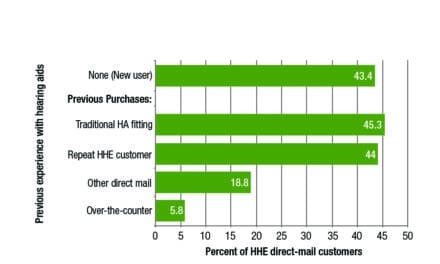Newswise Science News is reporting new research out of Ohio State University funded by the National Institutes of Health and the Alzheimer’s Association that suggests a group of compounds that interact with a protein in the brain might be used in the early diagnosis and treatment of Alzheimer’s disease. So far the interactions have been restricted in test tubes and cell cultures, and any clinical use of the compounds would require years of additional study.
All three interactions are expected to increase scientists’ understanding of the neurodegenerative disease process, said Nicolette Honson, a postdoctoral researcher in the Center for Molecular Neurobiology at the university. But certain compounds seem to show potential to allow for earlier diagnosis of Alzheimer’s and other neurodegenerative disorders because of their tendency to seek out and stick to tau filaments, she added.
“It’s important now to find compounds that can be used in imaging because the earlier clinicians can detect the disease, the better the chances are that a drug will halt disease progression while patients still have strong cognitive abilities,” she said.
Honson detailed the research August 20 at a meeting of the American Chemical Society in Philadelphia.
Honson and colleagues, led by Jeff Kuret, professor of molecular and cellular biochemistry at Ohio State, plan to test binding compounds on donated human-brain tissue made available for research. The scientists will add the compounds to sections of brain tissue from Alzheimer’s disease patients and to healthy brain tissue to test whether the compounds continue to stick to tau tangles under the conditions present in a diseased brain.
To read the complete story, click here.
Source: Newswise




